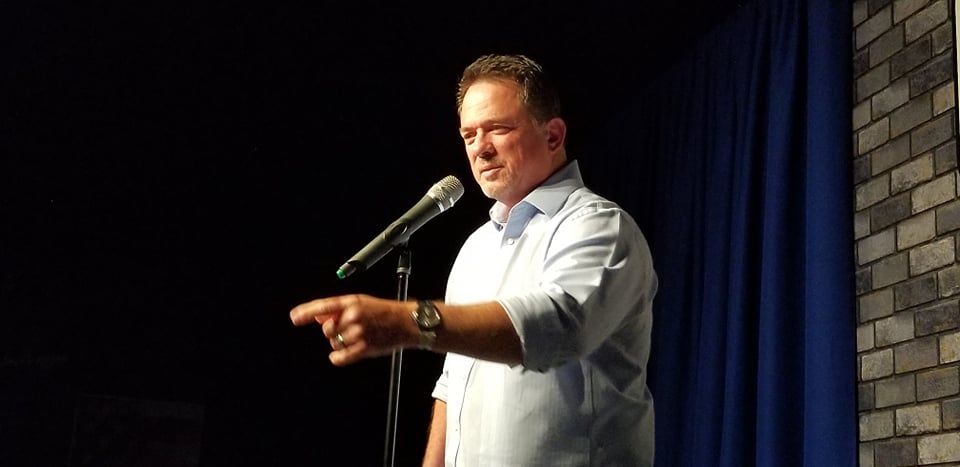Upper Limb Amputee Podcast
Were Not Stumped Amputee Podcast Season 2 Finale with Mike Bolland
Season 2 is in the books! In this season two finale episode, I have three main topics: My thoughts on prosthetics: I am sick of how amputees who choose not to wear prosthetics are treated within the amputee community. I also get disgusted by prosthetic manufactures who dismiss certain people in the community in
We’re Not Stumped Limb Difference Podcast Season 2 Episode 11 with Loz Booth
In this episode of the We're not Stumped podcast, we go international with our guest Liz Booth from Sydney, New South Wales in Australia. Loz is a comedic content creator, actor, and proud mother of two young boys. Despite being born with a hand and foot difference, Loz refuses to let it define her
We’re Not Stumped Amuptee Podcast Season 2 Episode 8 with Abram Baker
Abram Baker is many things, including a welder and massive car enthusiast. In 2019, he suffered a horrific industrial accident that took his left hand. That hasn’t stopped him from continuing with his welding or stopped him from working on the cars he loves. In fact, Abram has added a new responsibility since his
We’re Not Stumped Podcast Season 2 Episode 1 with Guest Rachel Grow and Host Mike Bolland
In the first episode of season two of the We're not Stumped podcast, I welcome television producer Rachel Grow. Rachel was born in Wiesbaden, Germany with a congenital condition called symbrachydactyly. Symbrachydactyly is a rare congenital hand condition in which a child is born with abnormally short fingers that may be webbed, misshaped or
We’re Not Stumped Podcast with Guest John Higbee
John Higbee is a standup comedian in the Phoenix area and performs all over the state. His dry sense of humor and quick wit makes him a crowd favorite. While going to ASU as young man, his life changed forever. John shares that story plus his sense of humor in this episode of the
We’re Not Stumped Podcast Episode 6 with guest Angie Coe
Angie Coe has always been active. She rides horses. She loves to go shooting. She loves all outdoor activities. All of that could have changed just a short time ago for Angie. But with an attitude that her mom describes as “it is what it is”, and with gritty determination, she has come back
About Upper Limb Amputees
“Upper limb amputees” refers to individuals who have experienced the loss of one or more of their upper limbs, typically the arms and hands, due to various causes such as trauma, congenital conditions, or medical interventions (e.g., surgical amputation). Upper limb amputations can occur at different levels, and the specific terminology used to describe the level of amputation is as follows:
- Transhumeral: An amputation that occurs above the elbow joint, resulting in the loss of the entire forearm and hand.
- Elbow Disarticulation: An amputation that takes place at the elbow joint, preserving the lower arm but removing the entire hand and upper arm.
- Transradial: This type of amputation occurs below the elbow joint, resulting in the loss of the hand and part of the forearm.
- Wrist Disarticulation: An amputation that occurs at the wrist joint, preserving the lower arm and removing the hand.
- Partial Hand or Finger Amputation: In some cases, individuals may experience amputations that affect only a portion of the hand or fingers, such as the loss of one or more fingers or parts of the hand.
Upper limb amputees face unique challenges and often require customized prosthetic devices to regain functional capabilities and adapt to daily life. Prosthetic solutions for upper limb amputees can vary widely in complexity and design, depending on the level of amputation and the individual’s specific needs and goals. Rehabilitation, training, and support from healthcare professionals, including prosthetists and occupational therapists, play a crucial role in helping upper limb amputees learn to use their prosthetic limbs effectively and regain independence in various activities.







